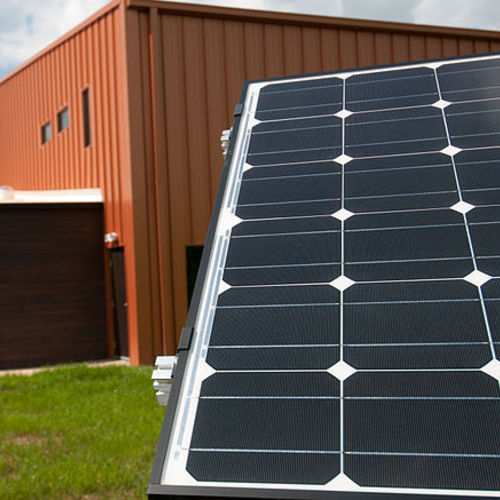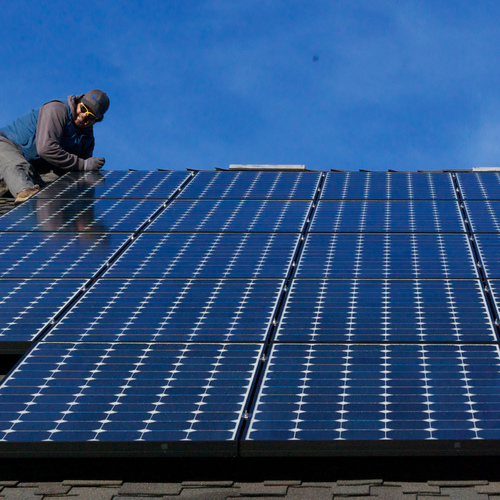
Maine’s largest electric utility has agreed to a new rate plan that would add $3 to an average residential power bill while dropping a controversial proposal to charge homeowners with photovoltaic (PV) arrays a monthly “standby rate.”
Maine is one of many states wrestling with the impact of rooftop PV and small-scale wind projects — what’s called “distributed generation” — on utility earnings. Central Maine Power, with more than 500,000 residential customers, had sought approval for a new rate plan that would have added about $13 to the monthly bill of a residential customer with a grid-tied solar array.
The utility, a U.S. subsidiary of a Spanish holding company, had argued the standby rate would help spread the costs of maintaining the grid evenly among its customers. Solar advocates protested.
But as reported by The Portland Press Herald, a rate settlement agreement filed with the Public Utilities Commission in early July scraps the standby rate.
The PUC must still vote to accept the plan.
Major parties to the rate case, including both business and environmental interests, have agreed to the plan, the newspaper said, as has the state’s public advocate office. The settlement agreement caps months of private talks in the 14-month-old rate case.
Environmental group objects to plan
One group that did not sign proposed settlement, which is called a “stipulation,” was Environment Northeast. It said the settlement would unfairly penalize customers who have taken steps to decrease their use of electricity.
In a letter to the PUC, Environment Northeast Senior Attorney Beth Nagusky said the group was “very pleased” with the stipulation’s attempt to “decouple” utility profits from electricity sales.
“However,” Nagusky added, “we have serious concerns with some of the rate design changes adopted in the Stipulation, particularly the increase in the fixed customer charge (and the concomitant reduction in the volumetric per kWh charge) for the residential customer class.”
While increasing the fixed customer charge, the settlement also reduces the amount of electricity included with the minimum charge, from 100 kWh to 50 kWh per month.
“The proposed rate design changes will result in the most dramatic bill increases (13% to 25%) for the below average users, which includes those who have taken action in their homes to reduce electric demand by conserving and purchasing more efficient lights and appliances,” the letter said. “The changes will also disadvantage customers who have installed distributed generation to reduce their demand on the grid, including at system peaks. These customers will pay higher bills regardless of their decrease in consumption of kWhs from the grid.”
By shifting more revenue to fixed charges, as opposed to volumetric charges, the agreement “sends the wrong price signal to ratepayers,” Nagusky said, and reduces the incentive to conserve. She said that if the PUC decides to accept the stipulation, it should at least make the amount of power included with the minimum charge 100 kWh.
Agnes Gormley, senior counsel in the Maine public advocate’s office, said the $3 increase is based on an average Maine customer who uses 525 kWh of electricity per month.
Weekly Newsletter
Get building science and energy efficiency advice, plus special offers, in your inbox.















0 Comments
Log in or create an account to post a comment.
Sign up Log in